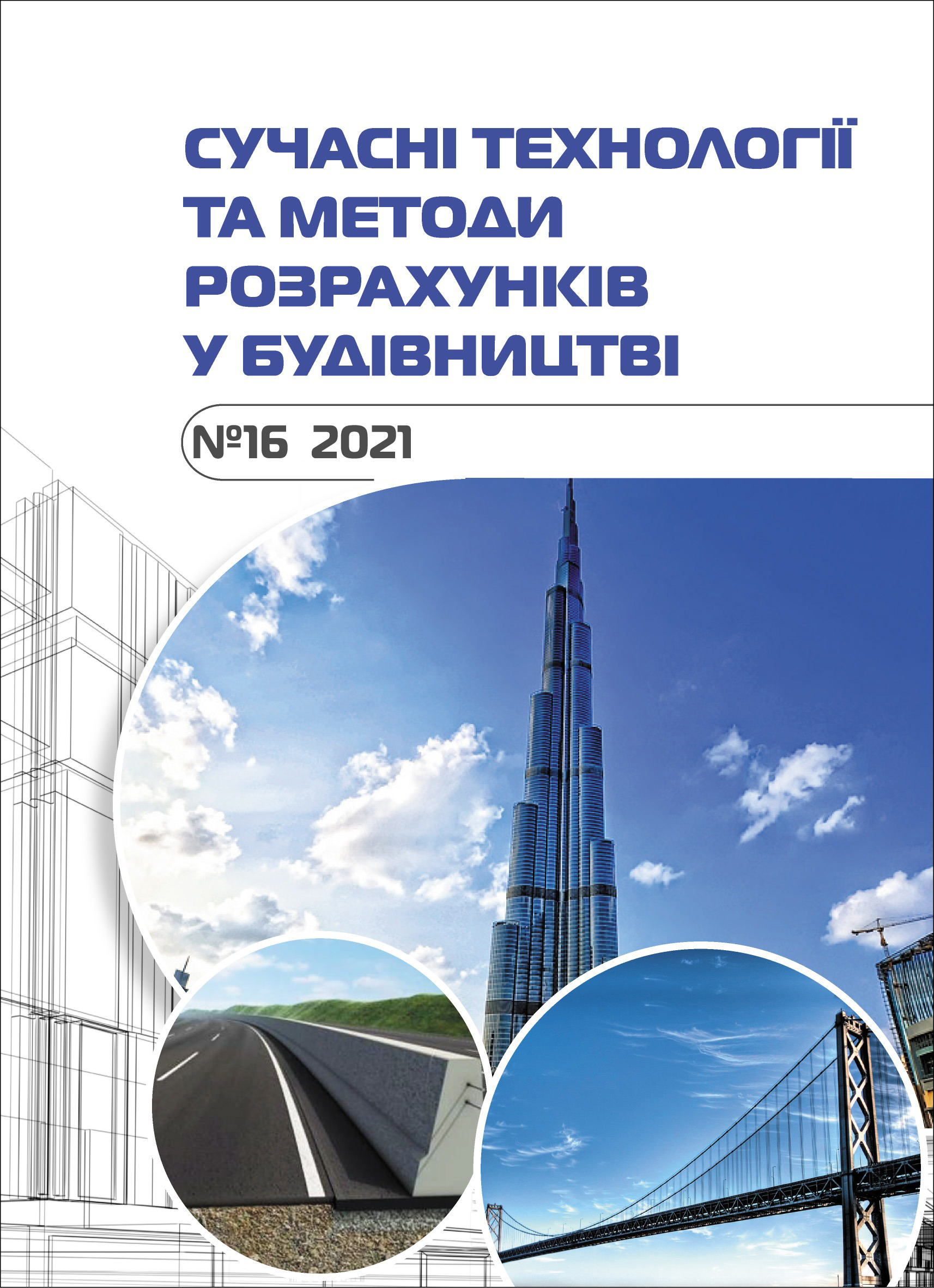Design of bicycle infrastructure in the recreational areas of the city
Abstract
At the present stage of urban development in most developed countries, bicycle transport is an important mode of internal transport. It signifies an important role in ensuring social development and road transport replacement in the process of population movement within cities and suburban travel. Cycling is used in everyday life as a vehicle for communication and recreational purposes. Bicycle traffic is an environmentally friendly, comfortable, healthy mode of transport that has a number of advantages over other modes of transportation.
Bicycle infrastructure should be integrated into the urban space and all its functional areas. This means that it is necessary to somehow combine the opposite needs of different categories of citizens and ensure an appropriate level of the urban environment. Conditions must be created to ensure safety, connectivity, straightforwardness, attractiveness and convenience in organizing bicycle infrastructure facilities.
The bicycle infrastructure in the recreational areas of the city provides marked (indicated by pointers and signs) routes for long or short trips and tourist themed routes. Such routes are usually a set of nodes connected by separate tracks. This gives cyclists the freedom to choose directly: everyone can create their own route within the network. The main advantage of such networks is that they allow you to independently explore a particular area. For recreational purposes, the attractiveness of the proposed routes and the surrounding area is much more important than the ability to reach the destination by the shortest route.
It is necessary to create a bicycle infrastructure: bicycle lanes on roads, bicycle paths, special bicycle routes, bicycle navigation, as well as bicycle parking lots, resting places, rental points and repair systems to popularize and stimulate the use of bicycles within recreational areas.








